From the Palouse to the Cascades, 11 novels about Washington’s charm
These 11 novels paint a picture of our Evergreen State.
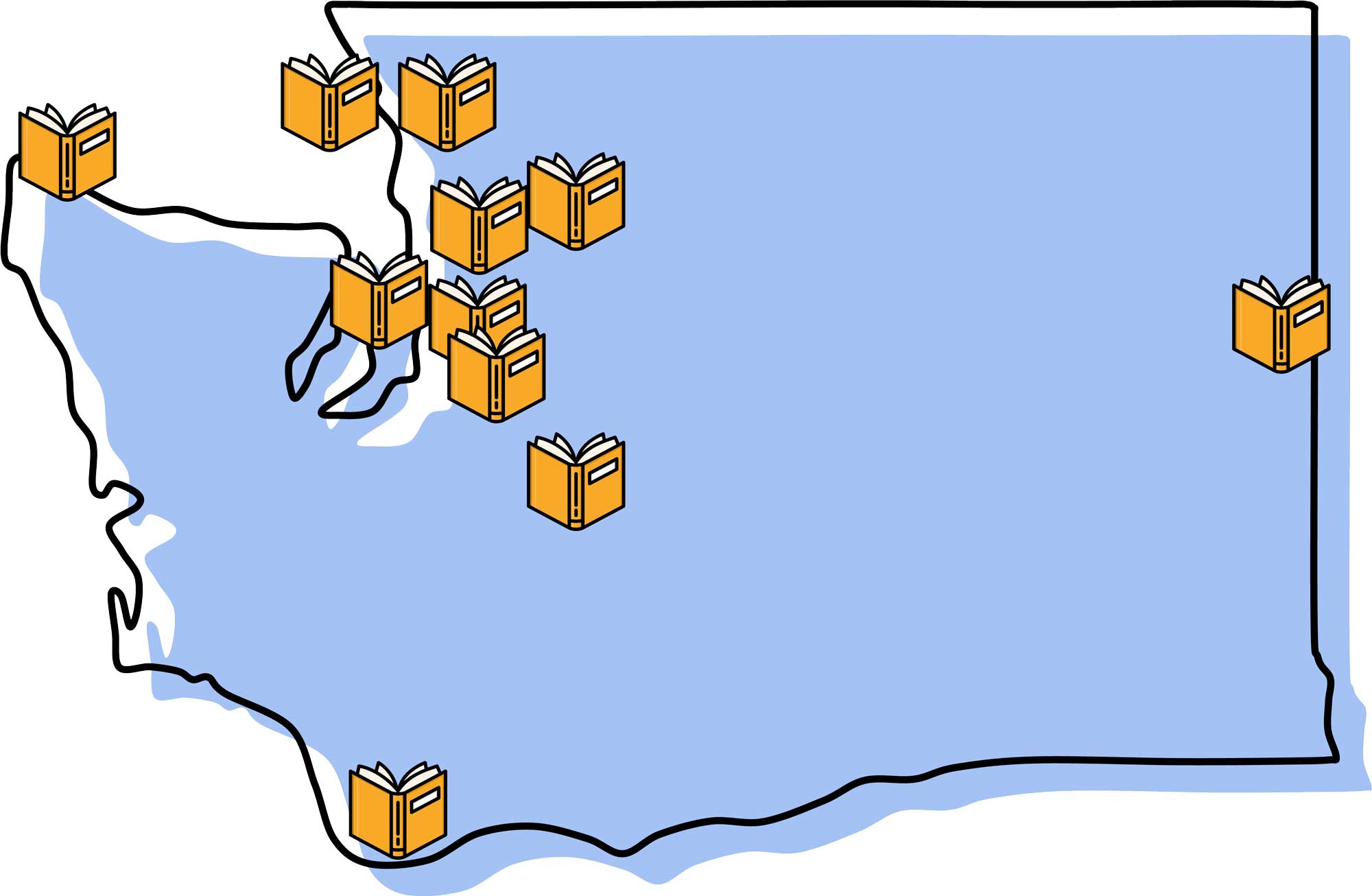
When I picture Washington, I see fog drifting through trees on mountains, muddy and mossy rainforests, flashy skyscrapers filled with tech workers, arid fields with giant windmills, winding forest roads with small general stores, cherry blossoms, shipping containers at the port … the list goes on.
That’s why I get a thrill reading books that capture Washington’s essence. And I’m not talking about the Raymond Carver stories that skirt around the vaguely-Pacific-Northwest setting in devotion to characters and interpersonal relationships (though I’m a sucker for those, too). I’m talking about literary odes to Washington.
While this list is by no means complete, here are a few books that fit the bill. Don’t forget to leave a comment below to leave a recommendation!
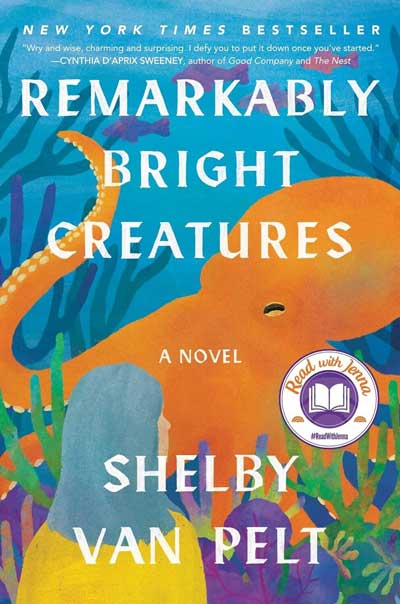 Remarkably Bright Creatures
Remarkably Bright Creatures
by Shelby Van Pelt
The town of Sowell Bay in this novel is fictional (and the geography can be a little frustrating to parse for those who know the Puget Sound), but it feels like it could just as easily be La Conner or Poulsbo or Tulalip. While the bay itself plays a role (no spoilers!), it feels as though this story couldn’t have taken place anywhere else.
Washington-isms: The main character bemoans the drive to Bellingham. Who doesn’t hate I-5 traffic?
 Black Hole
Black Hole
by Charles Burns
With the plot of a 1970s slasher movie and stomach-turning body horror imagery, “Black Hole” conjures up teen angst that feels uniquely Seattle.
Washington-isms: About halfway through the book, Keith is taking a nighttime walk to calm his mind and ends up in Ravenna Park, where he starts hallucinating a horrific version of the woods and trails. And it’s true: The lack of public lighting in Ravenna Park makes it feel like an entirely new place at night.
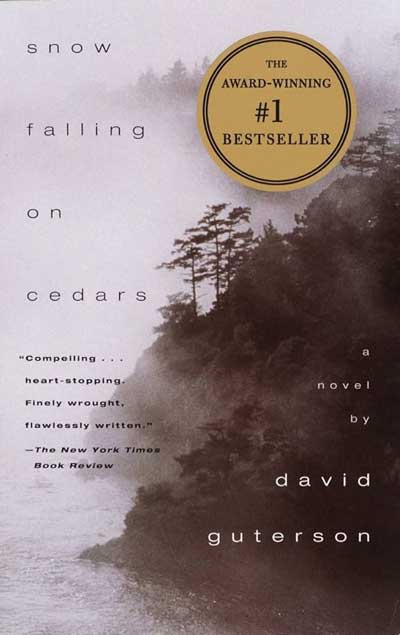 Snow Falling on Cedars
Snow Falling on Cedars
by David Guterson, ’78, ’82
Japanese American residents on Bainbridge Island were the first to enter incarceration camps in World War II. “The Bainbridge Review” editors Milly and Walt Woodward spent those painful years cultivating a positive attitude towards Nikkei (first-generation Japanese immigrants) through their newspaper. “Snow Falling on Cedars,” which is set in a fictional town in the San Juans inspired by Bainbridge Island, takes place in 1954, a few years after Nikkei began to return home. The story follows Kabuo Miyamoto, a Nikkei accused of murdering a beloved local fisherman. Miyamoto’s trial puts the town’s racial prejudices on display.
Like its inspiration “To Kill a Mockingbird,” “Cedars” found itself on several USA schools’ lists of banned books due to sexual content.
Washington-isms: Born in Seattle, Guterson currently lives in Bainbridge Island and based the character of Arthur Chambers on Walt Woodward. After earning his B.A. from the UW, Guterson briefly attended Brown University before returning home to become a double-Dawg. “My work is rooted in the Northwest,” he once said of his writing. “It’s all I know.”
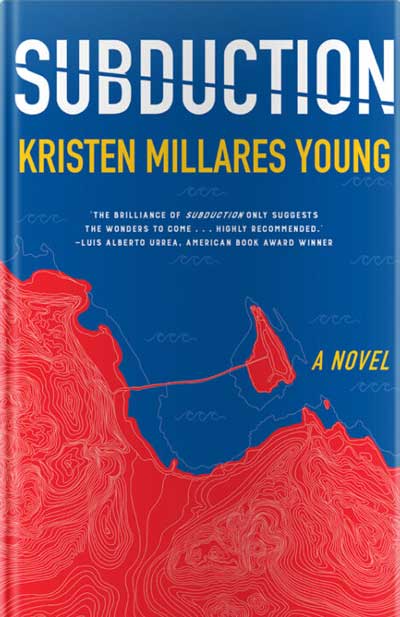 Subduction
Subduction
by Kristen Millares Young, ’12
Kristen Millares Young first began workshopping “Subduction” as a grad student here at the UW. (Her UW Magazine article about being a novelist during the pandemic is a must-read.) It follows Claudia, a geologist investigating seismic activity on the Makah reservation in Neah Bay. She works with an elderly Makah woman named Maggie, who has dementia, and she begins a relationship with Maggie’s son Peter.
English professor Shawn Wong, an iconic presence in Asian American and Northwest literature, calls Millares Young’s novel “a lyrical forest of storytelling rooted in indigenous voices and invaded by those who would steal the tongues and hearts of the ones they love while bartering and betraying the idea of belonging to a land, a birthright, and a family.” Enough said!
Washington-isms: Like many Northwest researchers, Claudia wants to use the Makah people’s knowledge for her career gain. As Seattle Met magazine points out, this is a story as old as Seattle itself: When Chief Sealth gave a speech to welcome Isaac Stevens to Seattle in 1854 (an event that might not have even happened), Henry Smith took it upon himself to translate it from Salish (a language he might not have understood) to Victorian English … with several embellishments.
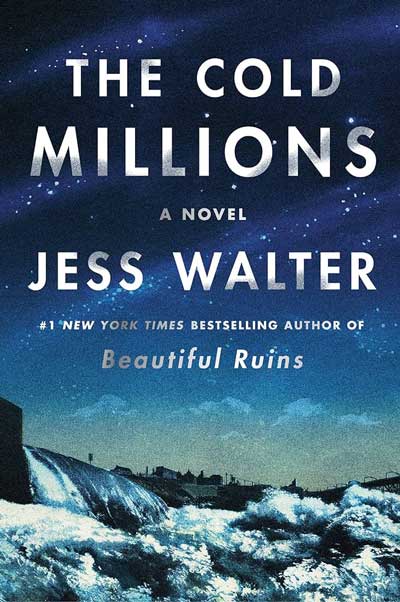 The Cold Millions
The Cold Millions
by Jess Walter
A tale of two brothers in early twentieth-century Spokane, “The Cold Millions” follows the labor movement of the era. The plot features the historic 1909 and 1910 free speech fights by the Industrial Workers of the World, where the newly founded union cemented its legacy in the Pacific Northwest. Real-life activist Elizabeth Gurley Flynn (colloquially known as “Rebel Girl”) makes an appearance as the younger brother’s love interest.
Washington-isms: The Spokane Wobblies fought for free speech to ensure the rights of the poor and working class. A coalition of minority groups led the 1964 Seattle movement to ensure the rights of Black tenants and students. The 1999 “Battle of Seattle,” the 1919 General Strike, the 2020 Capitol Hill Occupied Protest … Washington is no stranger to direct action.
This Boy’s Life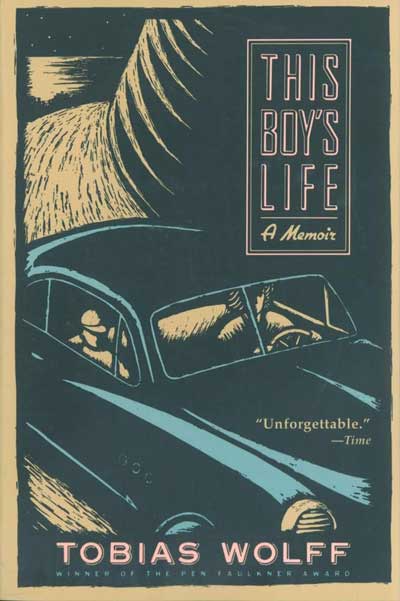
by Tobias Wolff
This 1989 memoir (not a novel but written by an award-winning novelist) describes Wolff’s childhood living with an abusive stepfather in the North Cascades in the 1950s. Here, Washington serves as an antagonist, a stifling atmosphere from which the main character needs to escape. It was adapted into a film starring Robert DeNiro and Leonardo DiCaprio.
Washington-isms: Grimly, Wolff compares his stepfather’s abuse to the unrelenting weather of the mountain towns in Washington: “more bad weather to get through, not biting, just close and dim and heavy.”
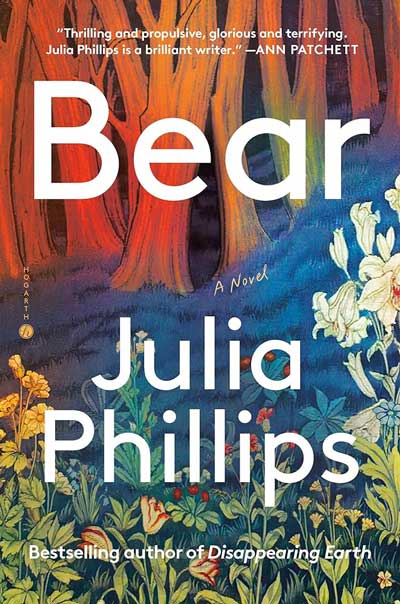 Bear
Bear
by Julia Phillips
Sisters Elena and Sam lead dreary lives caring for their mother on San Juan Island until a bear comes to town. As it turns out, Julia Phillips’ fairy-tale-like “Bear” really did go island hopping in the San Juans in 2019. Phillips, however, paints a terrifying picture of an ugly grizzly, while the real-life bear was a comparatively docile black bear.
Between the sisters, Phillips captures two prevailing attitudes about wildlife in Washington. Elena, wanting to befriend the bear, feeds him and walks with him through the woods. An anxious Sam, on the other hand, reports the bear to wildlife officials and buys bear spray. I’m not saying Sam is right to obsess over her well-being, but I have seen “Grizzly Man.” (As grizzlies return to the North Cascades, remember to brush up on your bear safety, folks!)
Washington-isms: Sam bemoans her concessionaire tips (or lack thereof) from wealthy tourists and Seattle tech bros. And I’m not saying this is accurate, but I’m not saying it’s not accurate.
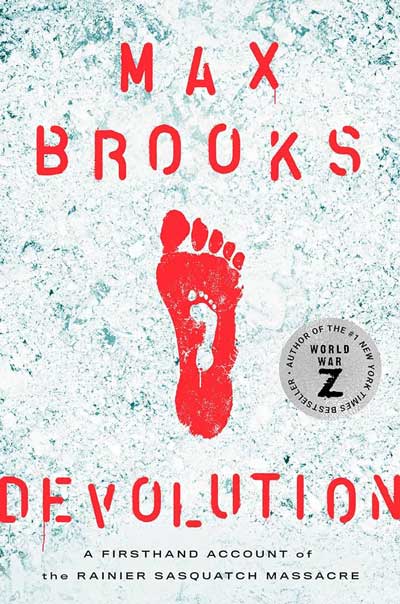 Devolution
Devolution
by Max Brooks
“The Really Big One.” Doomsday preppers. Bigfoot tearing through the neighborhood’s compost bins. This book, though dystopian, feels sort of like a sci-fi view into Washington’s future. Max Brooks, author of “World War Z” (who happens to be Mel Brooks’ son), gives readers a horrific (if not a little silly) look at what would happen if a herd of Bigfoots took over a remote Washington town after a volcanic eruption.
Washington-isms: Given that Seattle’s tech scene (and Washington’s lack of income tax) lures the likes of Bill Gates, it comes as no surprise that Brooks’ book features an exclusive high-tech haven of wealthy people called Greenloop. That’s basically Medina.
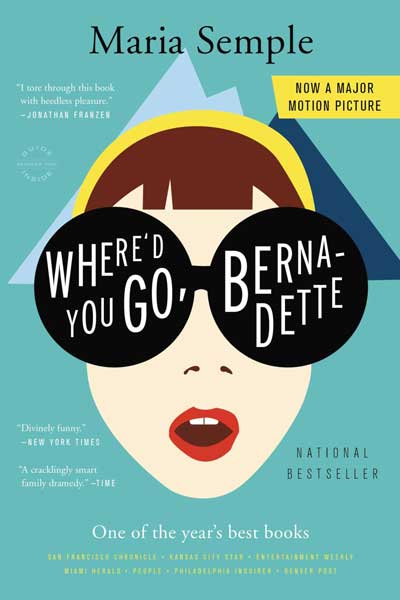 Where’d You Go, Bernadette
Where’d You Go, Bernadette
by Maria Semple
This beloved comedy centers a wealthy Seattle family: Elgin, a lead designer at Microsoft; Bee, a bright 15-year-old who can’t wait for the family cruise to Antarctica; and Bernadette, a failed architect who (as you might have guessed from the title) eventually runs away. But much of the story’s allure comes from the parts before she flees, like the push-and-pull between two parents’ career ambitions, and Bernadette’s foibles as a mom in “high-society” Seattle.
Washington-isms: There’s a particularly entertaining argument about a blackberry bush between Bernadette’s and her neighbor’s houses. I’ve always thought the invasive vines represent Seattle well: The fruit is delicious, but it comes with a thorny [rent] price.
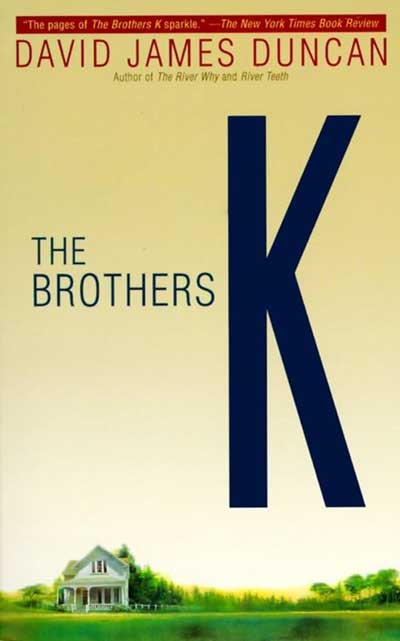 The Brothers K
The Brothers K
by David James Duncan
In a city called Camas, east of Vancouver, Washington, a retired major league baseball pitcher lives with his six children including four boys: Everett, Kincaid, Peter and Irwin. Each of the boys takes a turn as protagonist through tales of baseball, religion and war in a 1960s Americana nod to the Russian “Brothers Karamazov.” While the book (which mostly ignores the boys’ twin sisters) evades key themes of the era like feminism and civil rights, it’s a beloved novel. “Those who have lived through, perhaps even inhaled, the intoxicating fervor of the 1960s and early ’70s will delight in Mr. Duncan’s flip wisdom and period nostalgia,” wrote Bill Kent in a 1992 New York Times review.
Washington-isms: “Papa” Chance, the family patriarch, works at the paper mill in town. The real-life Camas paper mill is currently being cleaned up after decades of hazardous materials leaked their way into the soil and water. The mill is still in use today, converting wood pulp to paper.
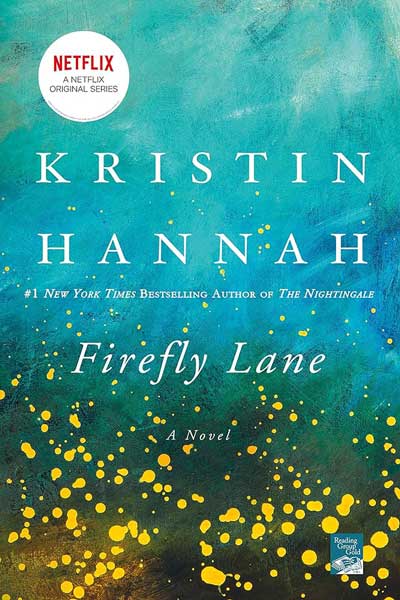 Firefly Lane
Firefly Lane
by Kristin Hannah, ’83
We’ve loved witnessing the meteoric rise of alumna Kristin Hannah. Here’s an excerpt from Hannelore Sudermann’s profile on Hannah in 2019:
“‘Firefly Lane’ is my UW book,” Hannah says of her 2008 best-seller that features two best friends over 40 years. It is, she admits, the most personal and autobiographical of her books. It draws details from her 1970s-era childhood in Snohomish and her college years at the UW. The characters cross Red Square to hear lectures in Kane Hall and hang out at the HUB. One majors in communication, just like Hannah did. The other contends with breast cancer, like Hannah’s mother. The book, which sold more than 1.2 million copies, gave the author a chance to explore and understand her mother’s experience as well as to spend some time in the “REI-clad” Seattle in which she came of age.
A few nonfiction mentions:
“Heaven on the Half-Shell” by David George Gordon, Samantha Larson and MaryAnn Baron Wagner, ’81
“Absolutely True Diary of a Part-Time Indian” by Sherman Alexie (if you can separate the art from the artist)
“The Boys in the Boat” by Daniel James Brown
“Backpacking Washington” by Craig Romano, ’94, ’97
“Treaty Justice” by Charles Wilkinson
“Heartbreak City” by Shaun Scott
“Biking Uphill in the Rain” by Tom Fucoloro
“Emerald Street” by Daudi Abe, ’04
“Stomp and Shout” by Peter Blecha
What did we miss? Leave a comment!